What Is Modern Interior Design?

Table of Contents
These days, interior designing is all about simplicity and functionality to get that clean yet minimalist look. It’s the open space, the sleek lines, the natural light pouring in.
Gone are those days when a room would be cluttered with accessories and too many intricate pieces of furniture; modern interiors showcase only a few yet meticulously chosen items to fulfill both form and function.
Interior design studios tend to adopt a modern look that is characterized by clean and simple lines, as well as functionality. The trend leans more towards space light with enough room for movement within the studio.
Gone are the days when rooms were busy with so many accessories and complicated furniture. Interior design studios nowadays focus on only one or two accessories that can be emphasized in terms of aesthetics and function alike.
Key characteristics of modern interior design
A modern interior design characteristic is creating an open and livable space. Where traditional designs incorporate separate rooms and closed areas, a floor plan that allows one space to flow into another defines modern interior design.
This creates the perception of freedom from constricted living spaces and encourages communication between occupants through openness in the house. The use of minimalist furniture with simple lines also brings about the feeling of simplicity where only utility items are used without any cluttering effect in the room.
Understanding the essence of modern interior design is crucial in creating spaces that are not only aesthetically appealing but also functional and comfortable. You might want to check these condos for sale in Collingwood for more modern home ideas.
Modern interior design also makes use of natural elements. Unlike industrial and futuristic styles, this sort of design actually brings nature inside a home with organic features such as plants or anything else living, raw materials like wood or stone, and natural light sources.
This creates an ambient environment that is serene and harmonious while adding touches of beauty from Mother Earth. By using these features in combination with modern finishes and contemporary furniture selections, it is easy to create spaces that echo simplicity while remaining comfortable and stylish.
At the end of it all, modern interior design is functional, spacious, simple, and connected with nature. Its crisp lines and sleek surfaces, teamed with neutral palettes, allow room for easier cleaning while form follows function in this clean-cut environment.
With the ability to integrate into many architectural designs yet still possess key attributes that exemplify today’s features – if you are looking for a style that defines simplicity coupled with class, then look no further than modern interior design!
Popular materials and color palettes in modern interior design
In the world of modern interior design, there are quite a few sleek and modern materials that have become fashionable. Natural wood is one material, as it brings an element of nature to any room, including itself in its design scheme.
From hardwood floors to wooden furniture, when trying to bring the great outdoors inside while keeping a sense of harmony inside, nothing could be more perfect than natural wood.
If you’re refurbishing wooden elements, using a high-quality product like Rustins can enhance the natural beauty of the wood, adding a touch of elegance to your modern design. Being mindful of the materials you incorporate ensures that your home not only looks appealing but also stands the test of time.
Another popular element in modern interior design other than natural wood is glass. Glass can come in the form of large windows, partitions, and even a variety of decorative items such as vases or accessories.
This transparent element being so abundant within any given space allows a sufficient amount of natural lighting to fill up the interior spaces whilst providing an illusion of spaciousness and openness.
When it comes to color palettes in contemporary interior design, plenty of neutrals are always present. Grays, beiges, and whites all make excellent clean backgrounds that can act as a backdrop to other features within the room.
However, bright splashes of bold colors, which help make a space ‘pop’ with personality, are also fairly typical. Bold accents may be found on a feature furniture piece or even through wall art or other decorative items around the area.
Finally, modern interior designs combine all-time materials with present-day color schemes to produce spaces that are functional and, at the same time, visually appealing.
Combining certain elements such as natural wood and glass into your home while also playing around with both neutral tones and pops of vibrant colors can grant you a perfect match of both worlds: modernity and trendiness that is reflective of who you really are.
Furniture and Decor Styles in Modern Interior Design
The universe of design and furniture styles used in contemporary interior designs is pretty big, and it grows constantly. From minimalist, sleek style to an eclectic mix with elements from all sorts of periods and cultures can be accommodated.
One very modern yet up-and-coming style is the Scandinavian one. It uses clean lines, light colors, and organic shapes and focuses on functionality while providing a warm and simple aura.
On the opposite end of this spectrum, industrial design has likewise filtered into modern-day interior designs. Derived from factories and warehouses, this style uses raw materials such as metal, concrete, and exposed brick to produce a rough but chic appearance.
The hard surfaces are contrasted with softer textures like leather or fur for greater dimension in an area. This particular mix effortlessly combines vintage pieces with modern ones for an interesting blend that says more about uniqueness.
Incorporating Technology in Modern Interior Design
Over the last couple of years, modern interior design has seen technology incorporated within homes to make spaces more aesthetically pleasing while also allowing for great functionality.
Whether it is the addition of smart appliances or automated lighting systems, there really is no end to the possibilities of what can be added through technology that will enhance a space’s overall aesthetics and functionality.
Integrated speakers have replaced bulky floor-standing options with invisible audio installations throughout a home, creating high-quality sound without sacrificing to valuable floor space.
Motorized window treatments are another amenity in high demand thanks to their convenience and light control benefits, all presented in a sleek, modern package.
Another area of impact with technology is in the field of sustainability. Appliances such as energy-efficient appliances, smart thermostats, and lighting systems that have motion sensors are all examples that help to lessen the ecological footprint and energy being consumed by a home.
With such technologies in their designs, interior designers can make homes beautiful yet sustainable.
Besides, virtual reality (VR) is another great adventure for designers and homeowners. Using VR technology, it has now been possible to visualize how furniture or decor will appear in the house prior to buying any of them.
This increases better planning and reduces after-purchase guilt since the experience also comes with such real feelings that a buyer knows what he or she should have picked before even making the purchase decision.
The use of this modern technological tool not only streamlines the entire design process but also ensures every component fits well into the derived aesthetic vision.
Conclusion: The continued relevance of modern interior design
Modern interior design is a trend that goes beyond time and instead remains an ongoing force to impact the way of living by creating innovative living spaces. The effect of such designs is timeless because they evolve to fit people’s current lifestyle needs without compromising on function or look.
With more emphasis put on how the surrounding areas affect human life, modern interior design puts comfort, sustainability, and technology at the front, through which solutions can be attained for better living.
Furthermore, modern interior design has become a global language of expression and expanded across boundaries and cultural differences. It comprises styles that have worldwide effects, mingling tradition with contemporary manners and sensibilities.
Such mixing not only keeps the field on its toes but always inspires it further to keep pushing the limits while constantly finding new ways to imagine what is conceivable.
Just as technological advancements in architecture and materials science proceed at an alarming pace, so does modern interior design too. Smart home systems allow us to create mechanized living spaces that simplify our lives through technology.
Environmentally friendly materials proffer sustainable options for decreasing or doing away with our ecological footprint.
The modern design of the interior is, therefore, one prime element in designing spaces that meet our constantly transforming needs today while embracing new thoughts yet respecting the timeless natural principles of balance and harmony – one that will keep on shaping tomorrow.

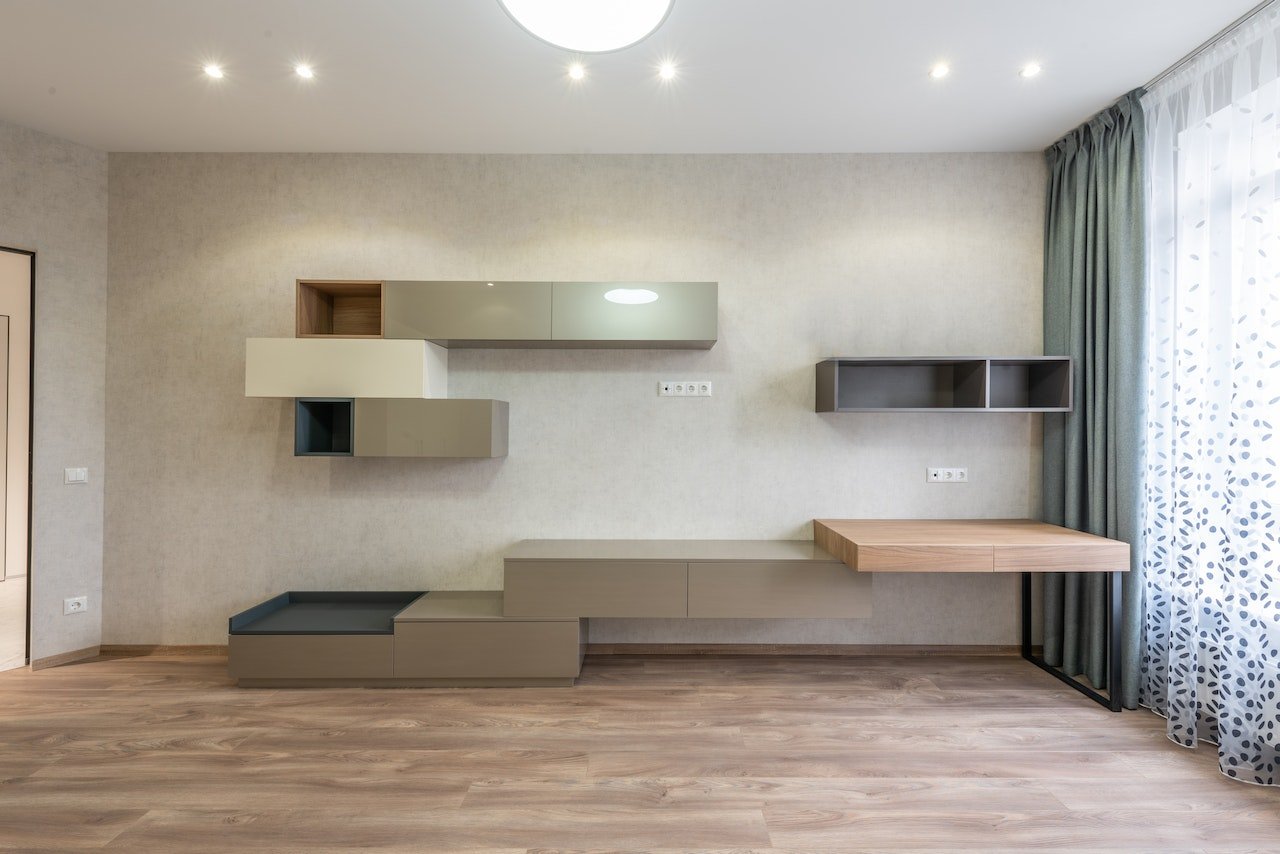

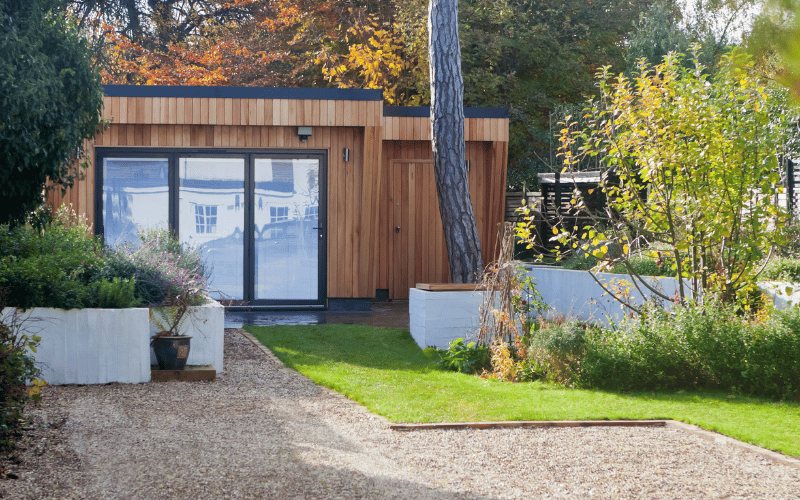
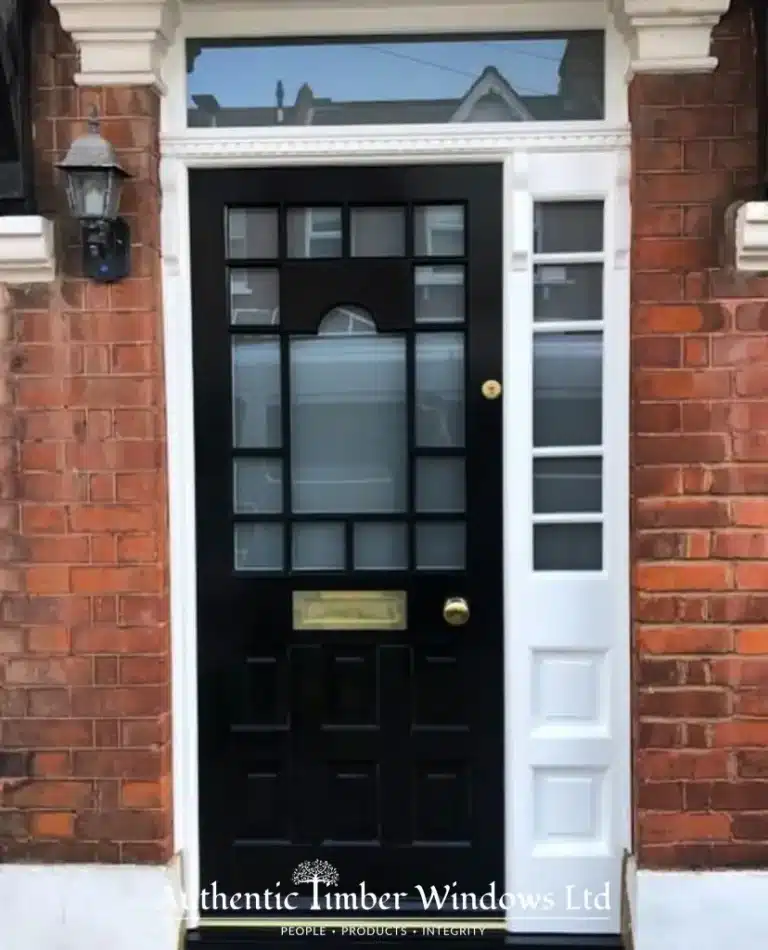
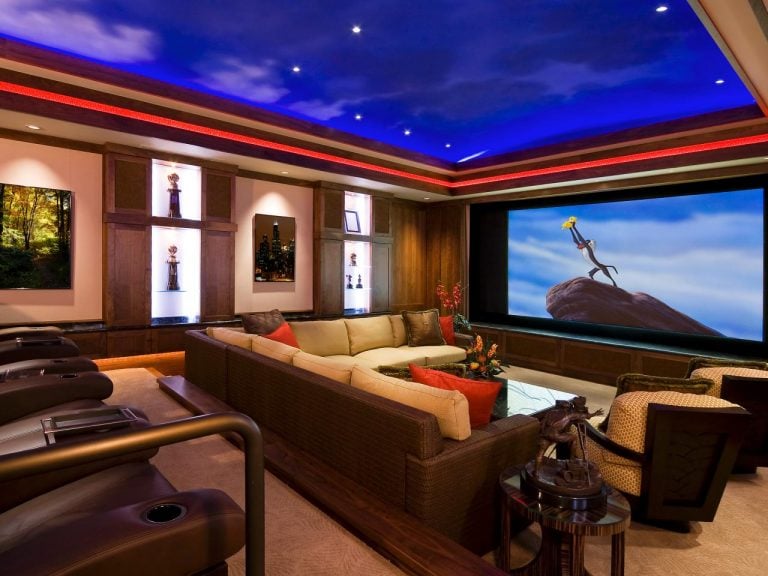
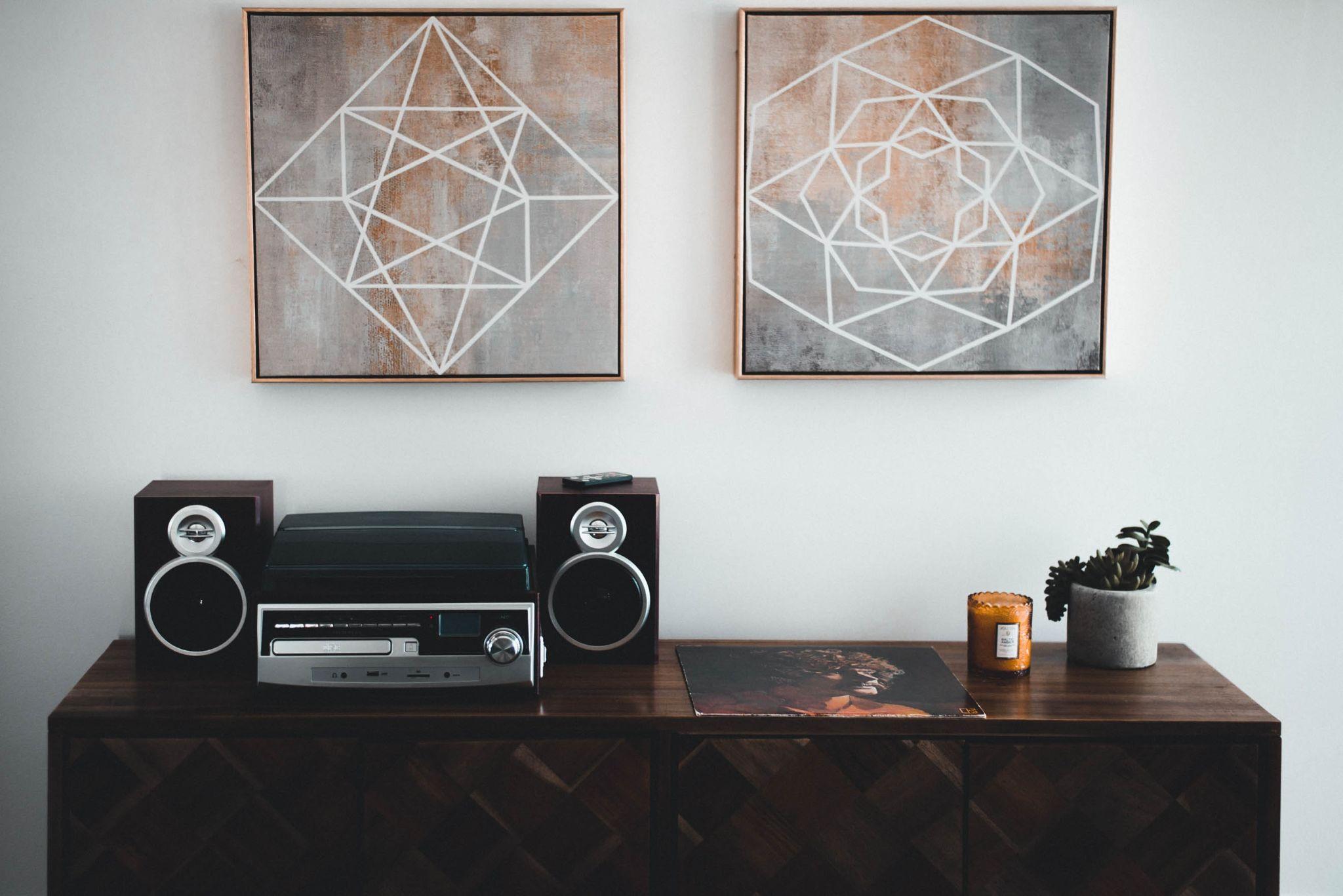
One Comment